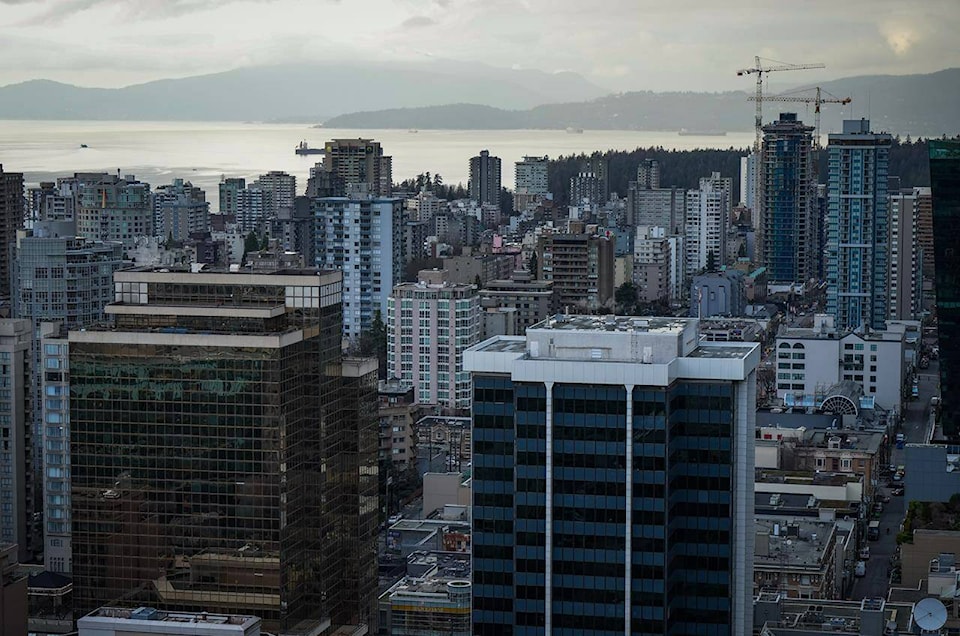The province agrees with a federal report that says authorities must do more to prepare for a major earthquake in British Columbia.
Released yesterday, the draft national disaster risk assessment says such a quake could end up being the most costly disaster ever in Canada with a price tag of $75 billion. It found widespread gaps in Canada’s ability to respond to earthquakes, with 23 of 34 capabilities assessed as having significant shortfalls.
B.C.’s Ministry of Emergency Management and Climate Readiness released a statement that the report “aligns with the (province’s) commitment that steps must be taken now” to protect people and communities.
The report is the latest reminder that a major earthquake along B.C. coast, perhaps coupled with a tsunami, could cause immense damage and loss of human life, pointing out that Vancouver has “a high risk” of experiencing a large earthquake in the next 25 years.
The cost arises from a study based on a 1-in-500 year 9.0-magnitude earthquake. The report does not attach a fatality figure to that scenario, but it would likely be several 1,000s, with injuries exceeding fatalities. The 9.1-magnitude earthquake and Tsunami that hit north-eastern Japan in 2011 and triggered the Fukushima nuclear catastrophe claimed more than 19,000 confirmed deaths with another 2,500 people missing.
Earthquakes can also cause fires as it happened in San Francisco in 1906 (where 3,000 people died) and areas may lack reliable access to food, potable water, medication and services prior to the arrival of outside help as evident in the Middle East following the earthquakes that hit Turkey and Syria.
RELATED: Disaster risk profile warns Canada ill-prepared for a major earthquake
The federal report notes that anyone living or working in structures before seismic upgrades became part of local building codes find themselves at greater risks to the immediate and after effects of earthquakes. Children, seniors, individuals with disabilities, Indigenous people and residents of remote communities are “particularly vulnerable.”
The emergency ministry points to various improvements in recent years, including seismic upgrades and retrofits to 61 schools since 2017 totaling more than $1.3 billion with another $763 million over the next three years.
The province also introduced an immediate response strategy in the fall of 2022 and tested it for the first time in February 2023 in a full-scale exercise featuring other levels of governments and non-profit organizations like the Canadian Red Cross.
The province has also launched ClimateReadyBC, a one-stop hub to help communities and people mitigate and prepare for disaster and climate risks, and find funding and supports to help make British Columbia more resilient. ClimateReadyBC includes earthquake hazard maps and tools to help people understand local vulnerabilities.
“However, more work needs to be done to fully assess risks, and then address the necessary mitigation steps to reduce risk and increase our preparedness, which is dependent on continued support from the federal government,” the statement reads.
@wolfgangdepner
wolfgang.depner@blackpress.ca
Like us on Facebook and follow us on Twitter.
